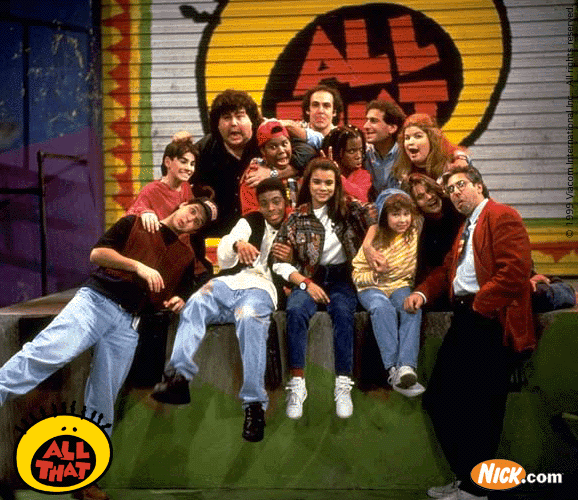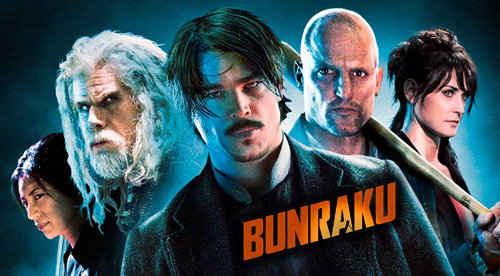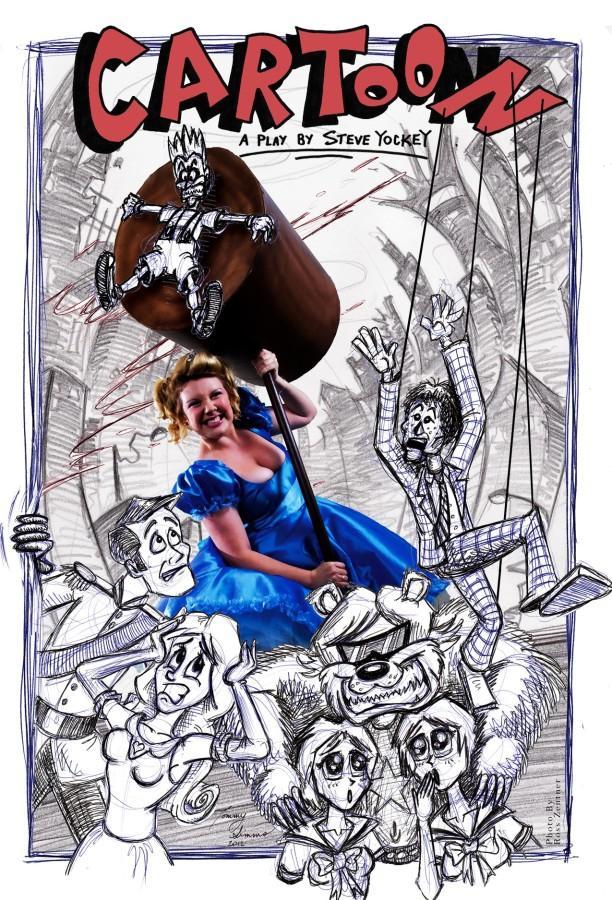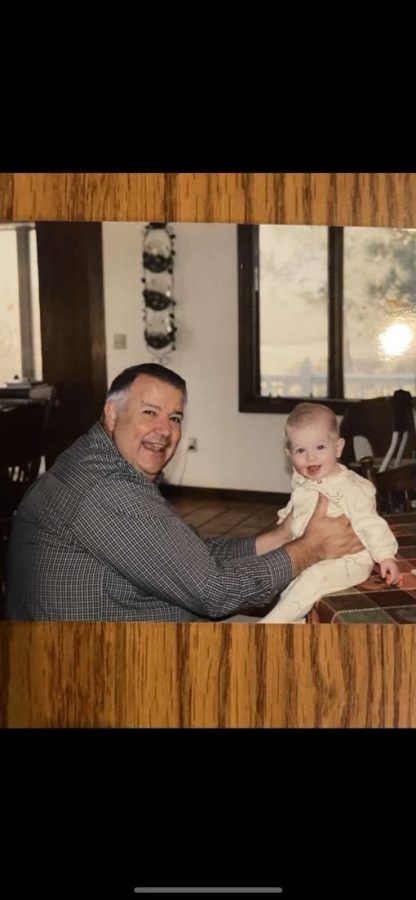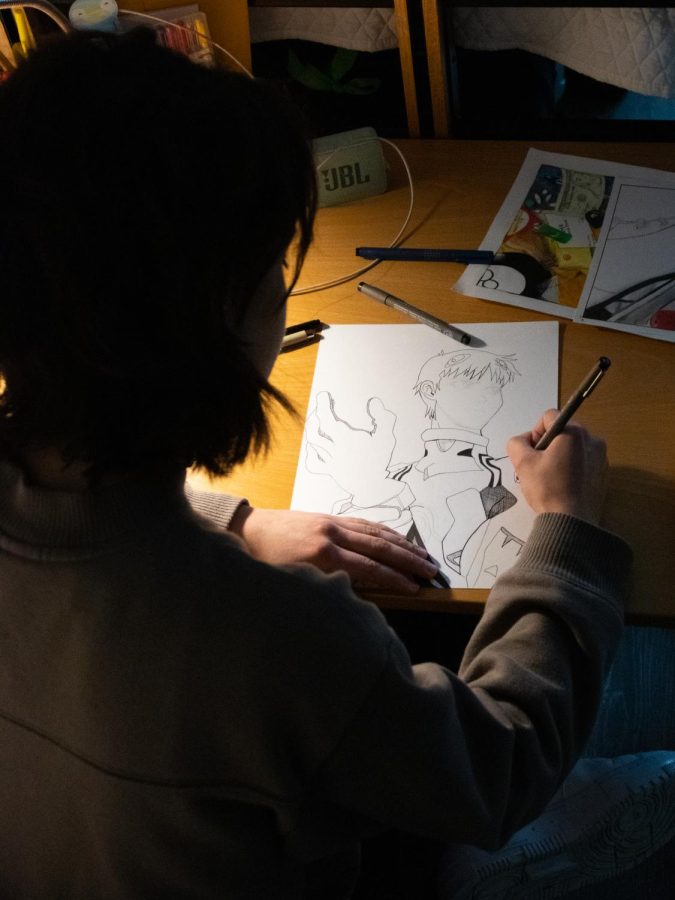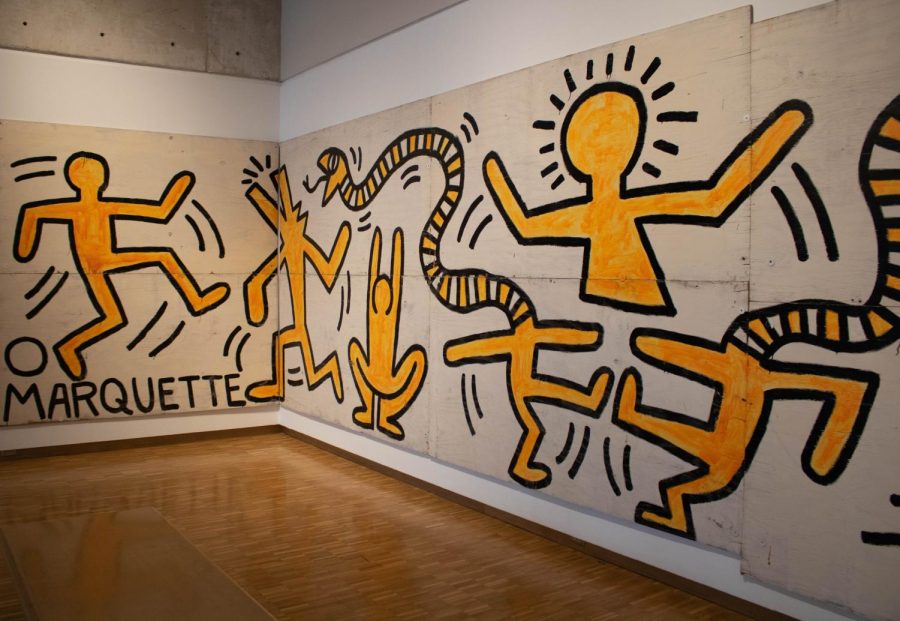 So my ugly mug has been replaced with a doodle this week. I know what you’re thinking – I’d like to believe my mustache is that full, too.
So my ugly mug has been replaced with a doodle this week. I know what you’re thinking – I’d like to believe my mustache is that full, too.
I doodle every day. It’s distracting, it’s obsessive, it’s fun and it’s satisfying. I do it so much I’ve started to criticize my own doodles as if they’ll someday be hanging in the Louvre. There’s the squiggle pattern, the stars, the stick figure and the infamous cube doodle (a personal favorite). Lately I’ve been working on faces, which I’ve discovered begins with a solid nose (the nostrils go under the nose, not on top).
Most of these drawings get big lips with a mustache and a half-Windsor tie by the end. And fellow doodlers know that there is nothing better than drawing a face with even eyes.
Does this habit make me a man-child? Yes. Do I consistently miss 20 minutes worth of notes in class? Probably. But I have no shame. Its one of few mental escapes I have throughout the day, and I find it incredibly constructive. The doodle is the new daydream.
Still, we live in a society that tends to write off imagination as second-tier knowledge, reserved for children and mumbling old men in cartoon studios. All sorts of imaginative images are thrown at us as kids, only to be forgotten down the road.
I can’t help but think we weren’t always programmed this way. So perhaps “childhood” is itself a modern invention.
New York’s Museum of Modern Art is currently holding an exhibit that examines childhood through a similar lens. “Century of the Child: Growing by Design, 1900-2000” illustrates what appeals to kids, from hand-painted figurines of the ‘30s to Pee-wee Herman. As times have changed, the exhibit explains, kids have gradually been given more opportunities to think with the creative minds we see today. (The show is there until Nov. 5, if you happen to find yourself in New York.)
Before the twentieth century, a kid was just a laborer who could fit into small spaces. Generations as recent as our grandparents’ grew up as adults. After the end of the First World War, boys came of age knowing full well that they could soon be sent off. Grade schoolers in the 1950s were practicing duck and cover drills, being told they might, you know, get nuked.
Today, that taste of reality has faded – we only duck and cover if a kid gets the wrong Happy Meal toy or can’t beat Bowser.
Er, I guess I shouldn’t knock childhood. I loved being a kid. With all this nonsense and lack of societal contributions comes an opportunity for a skill often left by the wayside: creativity. Enter Mickey Mouse, Looney Tunes and the Muppets.
As kids have been served creativity through cartoons and the like, they’ve fed this idea of “youth” right back into society. America’s post-World War II boom allowed kids to be kids for the first time, causing an explosion of targeted creations.
One of the flagship cases of youthfulness seeping into politics is the Kennedys, most notably John and Robert, who invigorated a young, otherwise uninterested voting bloc. John’s election in November 1960 made him the youngest man elected president – just one month after the premiere of “The Flintstones.”
Regardless of age, though, I think doodlers and the young are one in the same. And if doodlers were to form a society, Stephen Hillenburg would be crowned king.
The “Spongebob Squarepants” creator was teaching marine biology in the mid-80s when he became fascinated with animation, creating an aquatic-themed comic book in his down time. A doodler at heart, I’d say. I bet if we had a look at Mr. Hillenburg’s class notes, the margins would be covered in personified sea creatures – maybe even some familiar faces.
So take after Hillenburg and keep doodling, folks. Doodle on accounting homework and class notes. Doodle on bar napkins and parking tickets. Value these little bouts of creativity and the childhood they came from. I will, and who knows – maybe your kids will be watching big-lips mustache businessman on TV someday.

